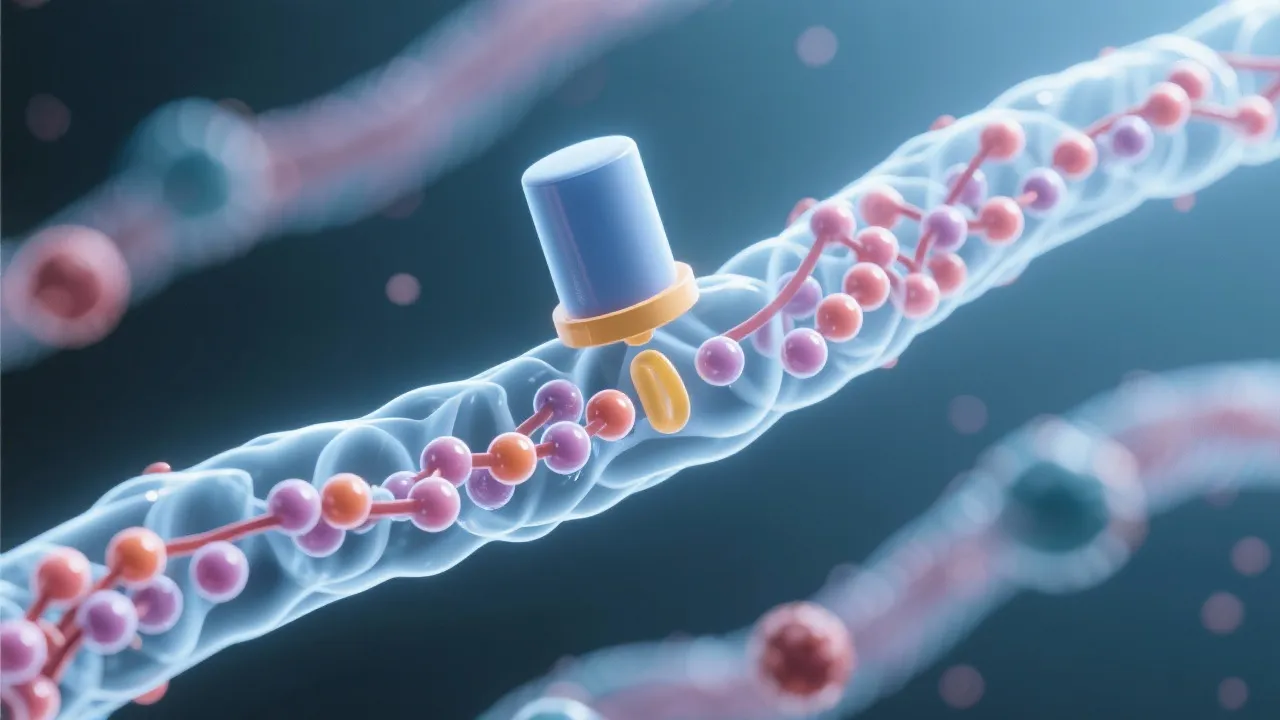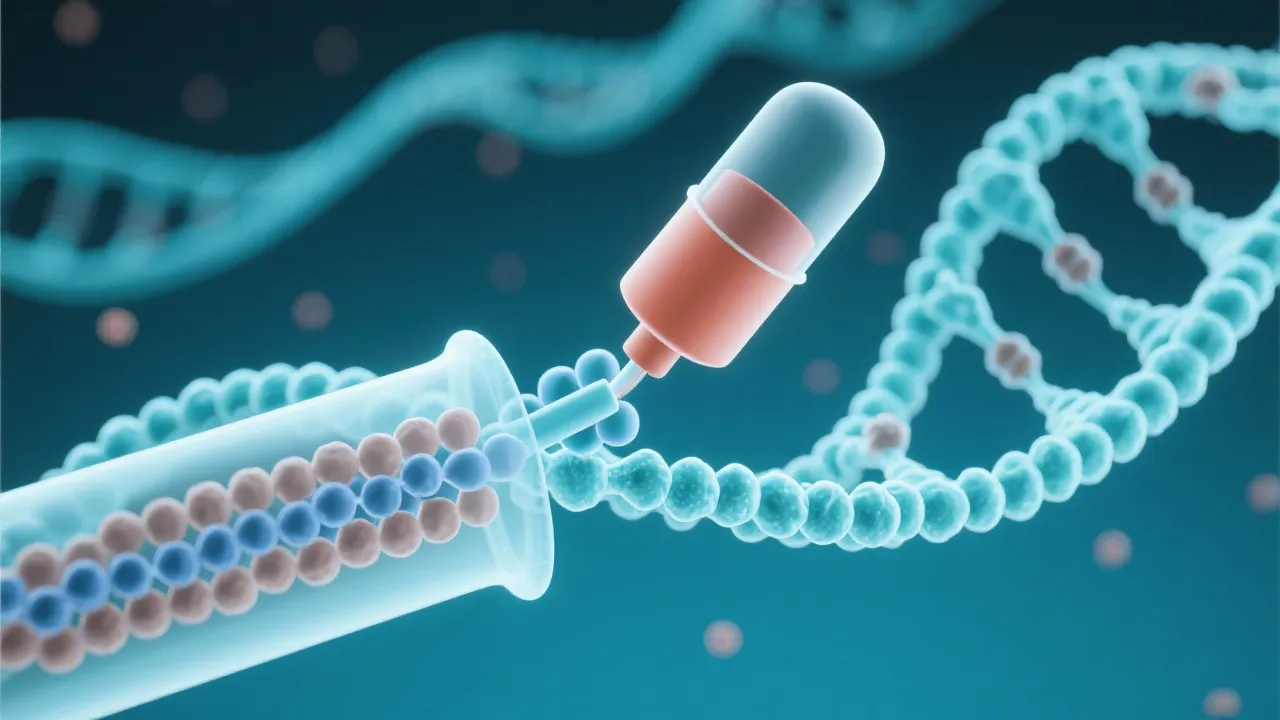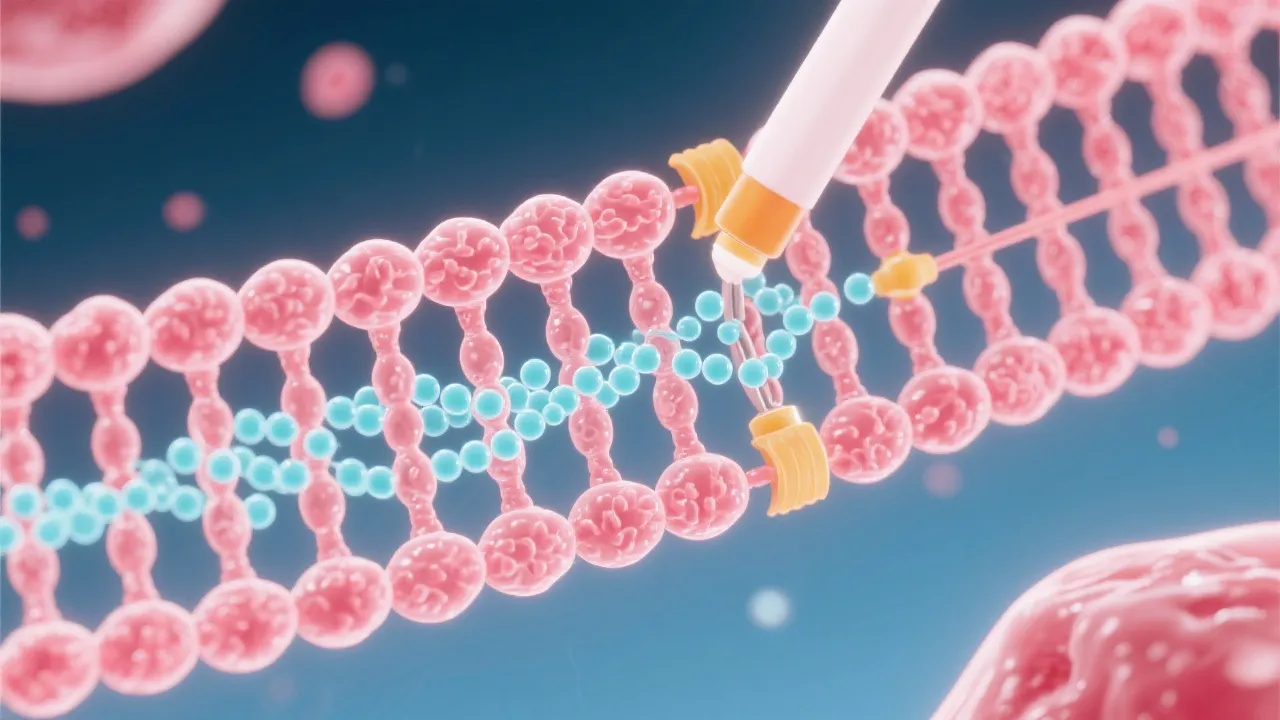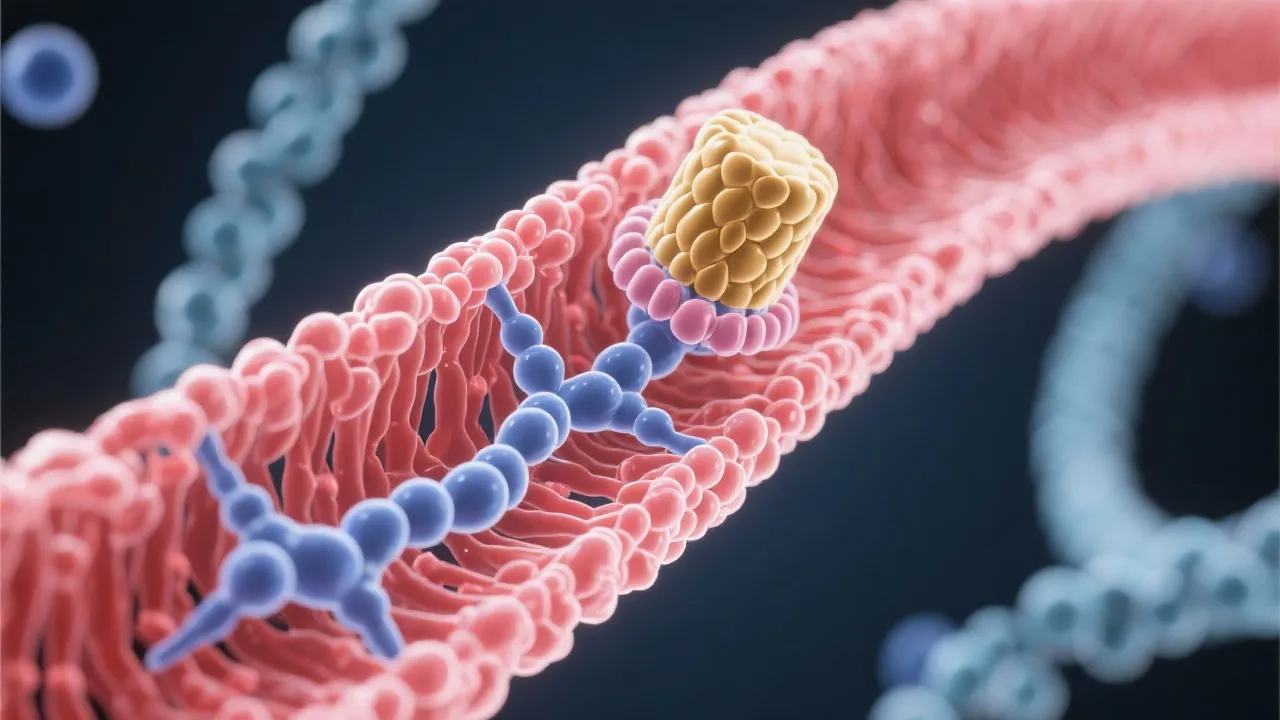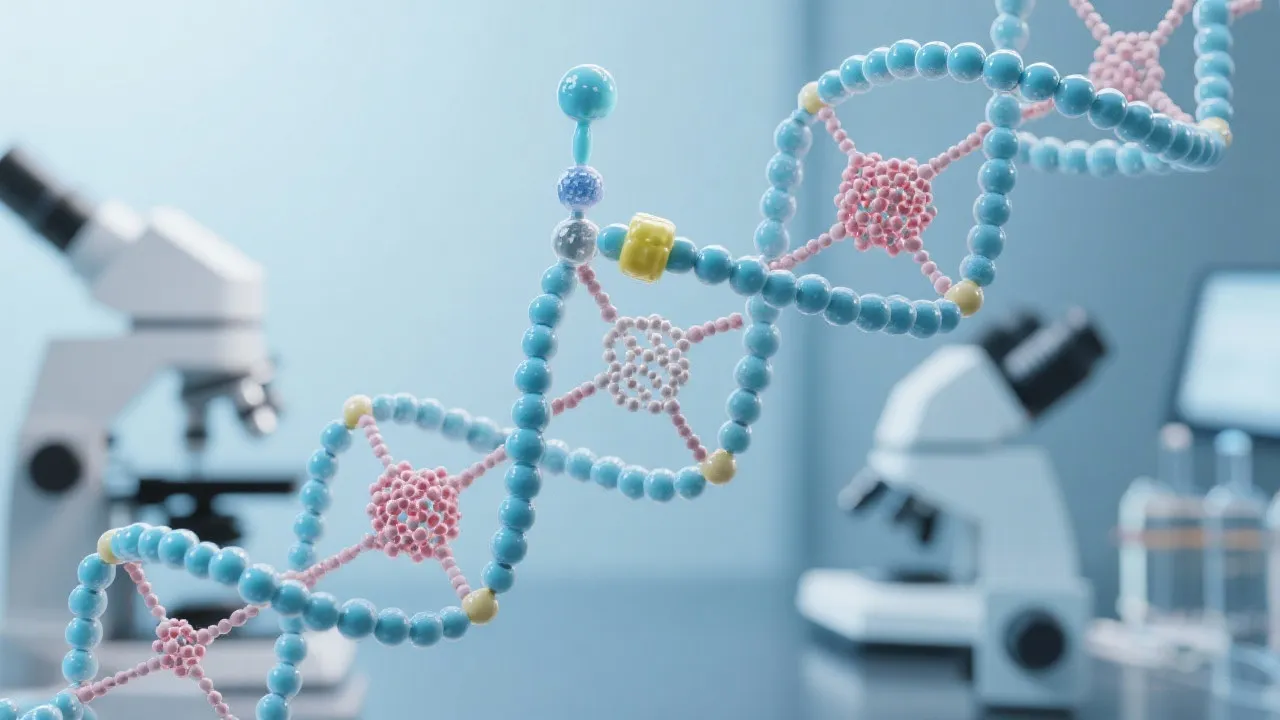Understanding mRNA Capping Processes
mRNA capping is a crucial step in eukaryotic mRNA processing that protects mRNA molecules from degradation and assists in ribosome binding. This biochemical process facilitates efficient transcription which is essential for cellular function, development, and response to environmental cues. By examining the intricacies of mRNA capping, researchers unravel how genetic information is translated into functional proteins.
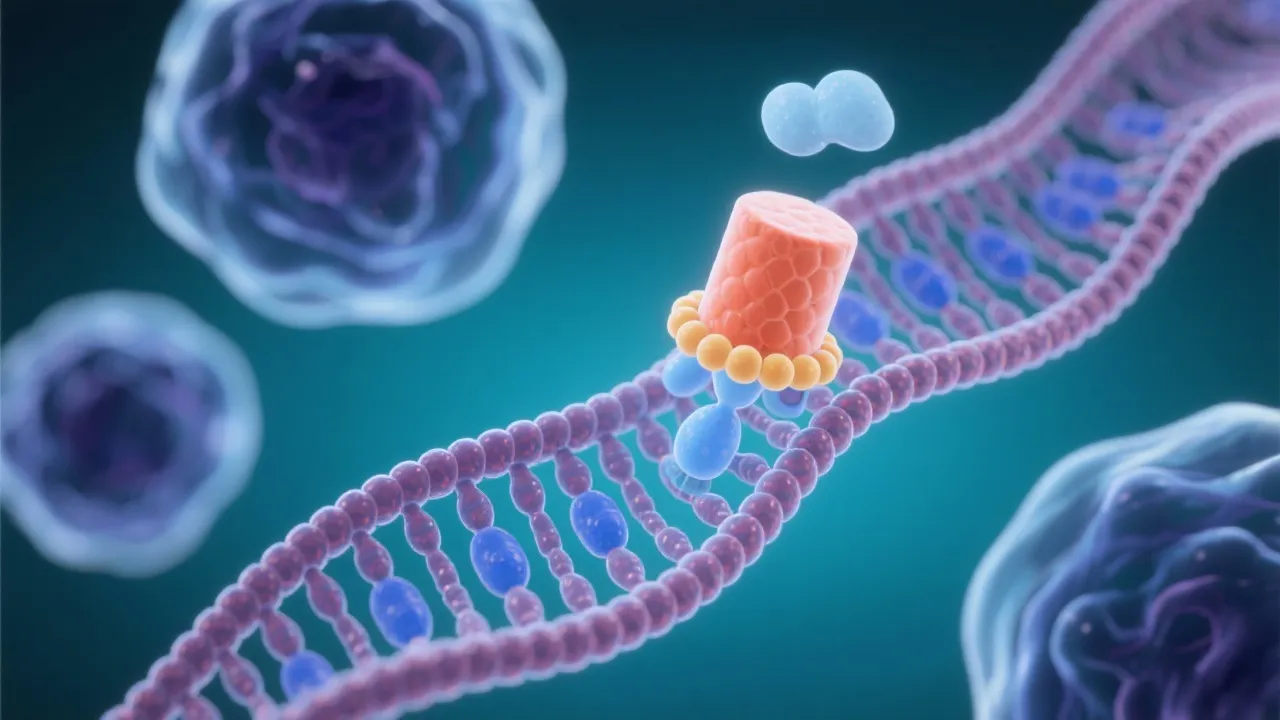
The Critical Role of mRNA Capping
mRNA capping serves as a vital component in the life cycle of mRNA. It plays an indispensable role in stabilizing the mRNA molecule, thus ensuring seamless translation and eventual protein synthesis. Without this initial step, mRNA would degrade rapidly, disrupting gene expression patterns and, consequently, cellular functions. The significance of mRNA capping extends beyond stabilization; it sets the stage for the entire mRNA lifecycle, influencing how mRNA molecules are processed, exported, and eventually translated into functional proteins. Understanding mRNA capping opens a window into the complex orchestration of gene expression.
What is mRNA Capping?
mRNA capping is the biochemical addition of a modified guanine nucleotide to the 5' end of the precursor mRNA shortly after the initiation of transcription. This cap is critical not only for RNA stability but also for efficient splicing, exportation from the nucleus, and translation initiation. The process involves a series of enzyme-catalyzed reactions, ensuring the cap structure, typically 7-methylguanylate, is properly integrated. This modification creates a unique 5' end in the mRNA that distinguishes it from other RNA types and contributes to many essential cellular processes, ensuring that the mRNA is recognized and processed correctly throughout the cell.
Mechanisms Behind mRNA Capping
The mechanism underpinning mRNA capping is an orchestrated enzymatic process featuring three main components: the RNA triphosphatase, the guanylyltransferase, and the methyltransferase. Together, these components work in concert to ensure the successful adhesion of the cap to the newly synthesized mRNA. The RNA triphosphatase first removes a phosphate group from the 5' end of the pre-mRNA, converting it from a triphosphate form to a diphosphate form, a critical step in establishing the appropriate substrate for capping. The guanylyltransferase then transfers a guanosine monophosphate (GMP) to the 5' end, creating a remarkable 5'-5' triphosphate linkage, a feature unique to capped mRNA. Methylation of this guanosine by the methyltransferase completes the capping process, providing a structure that is not only essential for the stability of the mRNA but also vital for subsequent interactions with ribosomes and other cellular machinery. This intricate series of steps is essential for ensuring that the resulting mRNA is fully modified and ready for the processes of splicing and translation, making capping a critical checkpoint in mRNA maturation.
Step-By-Step Guide to mRNA Capping
- Initiation: Transcription begins, and within approximately 20-30 nucleotides, the cap structure formation is initiated. This points to the immediate response of the transcription machinery in preparing the mRNA for its roles, emphasizing the efficiency of cellular processes.
- RNA Triphosphatase Activity: The triphosphatase removes a phosphate group from the 5' end of the nascent mRNA, creating 5' diphosphate RNA. This conversion is crucial for subsequent enzymatic recognition and ensures that the correct capping enzymes can bind effectively to the mRNA.
- Guanylyltransferase Activity: The guanylyltransferase enzyme adds GMP to the 5' diphosphate RNA, forming a rare 5'-5' triphosphate linkage, known as the cap. This enzymatic action is tightly regulated and must occur swiftly to ensure that the mRNA is processed correctly, highlighting its role in the accuracy of gene expression.
- Methyltransferase Action: Finally, a methyl group is added to the guanine moiety, completing the formation of the mRNA cap structure. This capping step is not merely structural; it also impacts how mRNA interacts with various proteins that recognize the cap, paving the way for the subsequent steps in protein synthesis.
Functional Importance of the mRNA Cap
The 5' mRNA cap is more than just a structural addition; it is pivotal for mRNA recognition by ribosomes, regulating mRNA stability, and facilitating nuclear export. The presence of a cap is critical for the recognition of mRNA by the translational machinery, allowing for the recruitment of ribosomes during protein synthesis. Furthermore, the cap serves as a protective barrier against exonuclease decay, a ubiquitous threat to RNA molecules in the cellular environment. Without this protection, mRNA could be rapidly degraded, resulting in a significant reduction in protein output. The cap also plays a crucial role in mRNA splicing, influencing alternative splicing decisions that affect protein diversity. For instance, specific binding proteins can recognize the cap structure and influence the splicing process, leading to the generation of multiple protein isoforms from a single gene, which is essential in the context of complex organisms where functional diversity is necessary for development and adaptation.
mRNA Capping and Gene Regulation
Capping also acts as a regulatory mechanism for gene expression. Cells utilize the mRNA cap not only for stability and translation but also as a signal for degradation. The interplay between capping and RNA decay pathways is an area of active research, as it holds implications for understanding how cells control the levels of proteins with precision. For example, the cap-binding complex, which includes proteins that recognize the 5' cap, can also interact with factors that promote decapping, thus linking the mRNA cap to both stabilization and degradation pathways. This dual role is crucial, ensuring that mRNAs are swiftly degraded when they are no longer needed, allowing cells to respond rapidly to changes in environmental conditions or developmental cues.
Pathological Implications of mRNA Capping
Given the critical nature of mRNA capping in gene expression, it is not surprising that defects in this process can lead to severe pathological consequences. Diseases such as certain cancers have been linked to abnormalities in the capping process, where the unstable mRNA may produce aberrant protein forms or failure in critical pathways that regulate cell growth, apoptosis, and differentiation. Moreover, genetic disorders caused by mutations in genes that encode for capping enzymes may lead to symptoms that reflect alterations in gene expression patterns. For instance, impairments in the methyltransferase that facilitates capping can lead to decreased levels of properly capped mRNA, contributing to a myriad of cellular dysfunctions. Understanding the connection between capping defects and disease development opens potential avenues for targeted therapies that address the underlying issues caused by these molecular malfunctions.
mRNA Capping in Plant Systems
Research into mRNA capping is not limited to animal cells; plants also utilize this process, albeit with distinct nuances. In plants, the capping mechanism is slightly different, reflecting the unique challenges and adaptations of plant biology. For example, the methyltransferase involved in capping may have evolved differently in plants compared to animals. Studies have shown that plant mRNAs often undergo additional modifications post-capping, including methylation on other nucleotide positions, which can influence the stability and translational efficiency of mRNA. This illustration of how the capping process can vary between kingdoms underscores the evolutionary significance of mRNA capping in cellular biology and its critical role across life forms.
Future Directions in mRNA Capping Research
The exploration of mRNA capping has far-reaching implications for biotechnology and medicine. As researchers enhance their understanding of the capping process and its regulation, new strategies are emerging for therapeutic interventions. For instance, mRNA vaccines, such as those developed for COVID-19, rely on efficient capping for their function. Manipulating capping mechanisms could serve to enhance vaccine efficacy or enable the development of new mRNA-based therapies for diseases such as cancer and genetic disorders where traditional gene therapies face challenges. Furthermore, advances in molecular biology techniques allow for precise editing and modification of the capping process, which could lead to novel approaches in synthetic biology where controlled expression of proteins is required. This potential for manipulating the capping process in both therapeutic and research settings illustrates the importance of continued investigation into the molecular intricacies of mRNA biology.
FAQs
- What happens if mRNA capping fails? mRNA failing to acquire a cap is prone to degradation. Uncapped mRNAs are unable to be translated into proteins efficiently, leading to cellular dysfunction. The failure of capping can result in precocious degradation of mRNA candidates that could otherwise code for beneficial proteins in the cell.
- Are there diseases associated with improper mRNA capping? Yes, improper mRNA capping can lead to several diseases, including certain types of cancer and genetic disorders affecting gene expression pathways. The interplay between capping defects and subsequent cells' responses can drive oncogenesis, development, and progression of diseases.
- Can mRNA capping be targeted for therapeutic interventions? Absolutely. Understanding the mRNA capping mechanism provides avenues for developing therapies that can correct or compensate for capping defects in disease conditions. Such therapies may include the design of small molecules targeting capping enzymes or development of modified mRNA molecules that engage alternative pathways in gene expression control.
- How is mRNA capping studied in the laboratory? Researchers employ various techniques, such as RNA sequencing and biochemical assays, to study the capping process. These technologies help differentiate between capped and non-capped mRNA species, investigate the impact of specific enzymes on capping, and explore the effects of capping on downstream processes, including translation and decay.
- Could understanding mRNA capping lead to advancements in vaccine technology? Yes, insights into mRNA capping are imperative for the design of effective mRNA vaccines. By optimizing the capping process, scientists can enhance mRNA stability and translation efficiency, leading to higher protein expression levels, which is particularly vital in achieving robust immune responses with vaccines.
Conclusion
mRNA capping is a cornerstone of genetic expression and cellular operation, underscoring its intricate connection to rapid and precise responses to environmental stimuli. The mechanisms by which mRNA is capped reveal a complex interaction of enzymatic processes that is crucial for gene regulation, mRNA stability, and protein synthesis. Advances in molecular biology continue to illuminate the nuances of this cap-dependent regulation, offering promising insights into potential therapeutic strategies that hinge on manipulating this critical step in gene expression. Whether through the lens of cancer research, vaccine development, or understanding genetic disorders, the implications of capping research are broad and significant, paving the way toward innovative solutions in biotechnology and medicine. As science progresses, it will be essential to further unravel the complexities surrounding mRNA capping, ensuring its place as an integral area of focus in the age of genomic medicine and synthetic biology.





